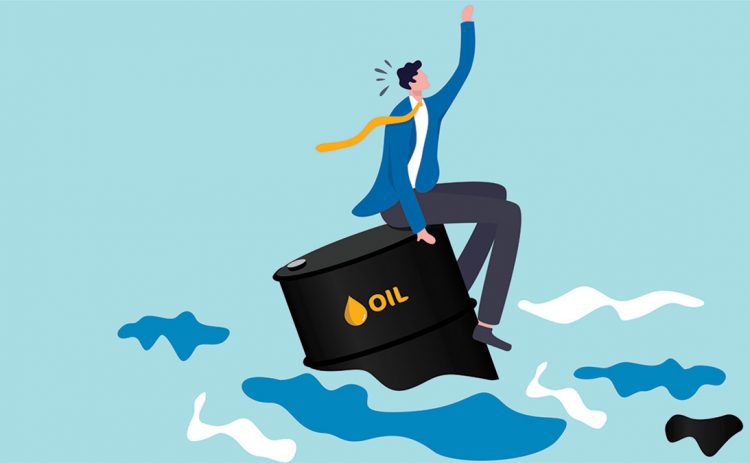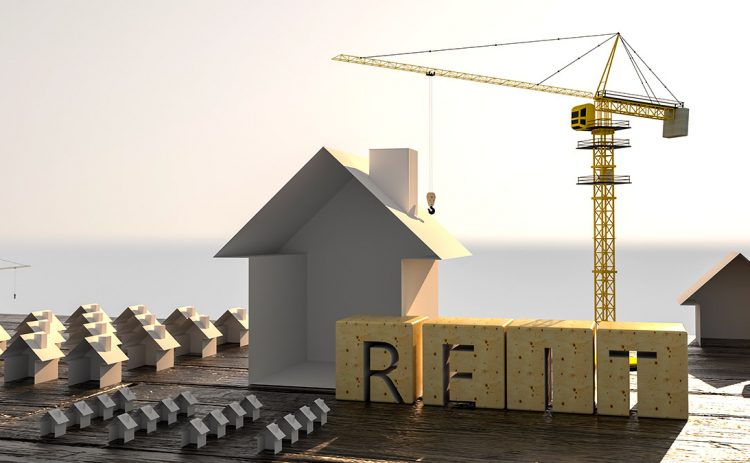
Mainstream Online Web Portal
LoginInvestors can view their accounts online via a secure web portal. After registering, you can access your account balances, periodical statements, tax statements, transaction histories and distribution statements / details.
Advisers will also have access to view their clients’ accounts online via the secure web portal.
The Point
Quick, actionable insights for investors
Multi-asset

How to talk to sustainable investors about high oil and gas prices
Investors are understandably asking if there’s a long-term cost to sustainable investing when oil is trading above $US100 a barrel.
But sustainable portfolios will deliver better outcomes in the long term, argues Pendal’s Head of Multi-Asset Michael Blayney.
“The short answer is we don’t expect to get worse returns from sustainability over the long term.
“Indeed, we expect to get better long-run outcomes from sustainable portfolios. But you will see greater variation relative to a benchmark in certain types of environments.”
In environments like these, portfolio construction takes on even greater importance, says Michael.
“If your sustainability strategy gives you a slight growth bias then you might want to look for investments that also give you a value bias, for example in your alternatives.
“You might also actively seek out a bit of energy price exposure and inflation hedging via commodity futures or certain types of renewable energy infrastructure.”

What to do when traditional diversification doesn’t work
Quick view
What to do when traditional diversification doesn’t work
How to diversify when equities and bonds sell off at the same time?
“The world is now a much more difficult place to find diversification and that’s really the theme of the year,” says Pendal’s Head of Multi-Asset Michael Blayney.
“Normal ways of diversifying aren’t really working at present.
“When you get higher inflation, you tend to see bonds and equities correlate more positively. While bonds still have an important role in portfolios, investors need to think about other sources of diversification,” Michael says.
Getting exposure to commodities has been a successful diversification strategy, he says. Be active in your asset allocation to try to control risk and improve overall return outcomes.
Corporate debt can also provide opportunities with spreads in the US (the difference between yields on government and corporate bonds) around 1.4%.
And holding funds in cash to take advantage of opportunities is important.

Alan Polley: Time to rethink the role of cash in portfolios
Quick view
Alan Polley: Time to rethink the role of cash in portfolios
It’s time to rethink the role of cash says Alan Polley, a manager with Pendal’s multi-asset team.
“Cash as an asset class has been poor, but with rates expected to normalise due to inflation, cash yields are going to go up,” Alan says.
“Cash as an asset class will start to become more attractive than in the recent past. It’s a reflection of inflation expectations and inflation going up. When prices are rising, cash can be a bit of an inflation hedge.
“Looking forward, it should play more of a role in a balanced portfolio because inflation is going up.”
When to move?
“Investors don’t have to do this right now. But over the next year or two cash is going to become relatively more attractive compared to the past few years. People should start thinking about that now and get themselves set up.”

Alan Polley: Transitory or not, inflation is undergoing long-term structural change
Quick view
Alan Polley: Transitory or not, inflation is undergoing long-term structural change
Investors should prepare for a long-term structural rise in the rate of inflation, regardless of how the current economic cycle plays out, says Pendal’s Alan Polley.
Market gyrations and debate about the nature of the current inflation cycle are just a distraction for genuine long-term investors, he says.
“Over the last decade inflation has materially undershot central bank targets, independent of this transitory-or-not debate,” says Alan, a portfolio manager in Pendal’s multi-asset team.
But over the next decade, many of the big drivers of lower prices from the past — including the globalisation of manufacturing, government fiscal austerity measures and cheap fossil fuels — will start to unwind.
This means investors need to prepare portfolios to weather the return of rising prices.

Michael Blayney: How to explain volatile markets to investors
Quick view
Michael Blayney: How to explain volatile markets to investors
“If I’m an adviser, and clients are walking in asking about the headlines saying the market is down, and I’ve got to show them losses in their equity and bond allocations, there’s a few things I need to explain,” says Pendal’s multi-asset chief Michael Blayney.
“The first is the context of the recent fall in equity markets. Second, I need to talk about relative valuations. And finally, clients need to know there’s very different behaviour going on compared to the start of the pandemic in March 2020.
“Investors must keep in mind the broader context.”
It’s time to look at reducing exposure to assets that have become overly expensive and using the opportunity presented by the current pull-back to buy things that are a bit cheaper, Michael says.
“For example, we like Japanese and UK equities at the moment, and value style stocks. They are reasonable value.”

Fast podcast: Asset allocation tips from Pendal’s head of multi-asset
Play podcastFast podcast: Asset allocation tips from Pendal’s head of multi-asset
This year reminded investors of a few things, says Pendal’s multi-asset chief Michael Blayney.
“The first one is that volatility in financial markets is a normal thing,” says Michael in our latest fast podcast.
“It can obviously cause short-term pain, but it also creates opportunities for investors willing to take a long-term view when value arises.
“Secondly, people had assumed bonds and equities would always move in opposite directions with that negative correlation we’ve seen over the last decade or two.
“But the reality is that correlations and diversification benefits of various asset classes do vary over time.”
Beyond bonds and equities, Michael recommends “meaningful allocations to alternative assets.
“Some of the exposures there – particularly those that have given us a bit more energy-price exposure or some commodity-linked exposures – have actually performed quite well in the last year.”
FAST PODCAST: The investment outlook for Aussie REITs
Australian Real Estate Investment Trusts could be reasonable value at the moment, “factoring in where we think interest rates will go”, says Pendal portfolio manager Julia Forrest in our latest fast podcast.
“We’re not expecting any severe stress in the sector, unlike in the GFC.
“The sector is reasonably well positioned. It’s offering a reasonable dividend yield – 5% to 6% for the yield for the stocks that we like.
“There is still some earnings growth coming through for some of the larger mall landlords.
“Given what we’ve seen happen in the last two years – and the concessions that they’ve made to tenants for rents during Covid – we will see some rents coming back.
“It will to some extent be moderated by rising cash rates and what that does to debt cost going forward.
“But the sector is reasonably well positioned.
“I think management still have the GFC in their corporate memories and have positioned their portfolios accordingly.”
Loading posts...














